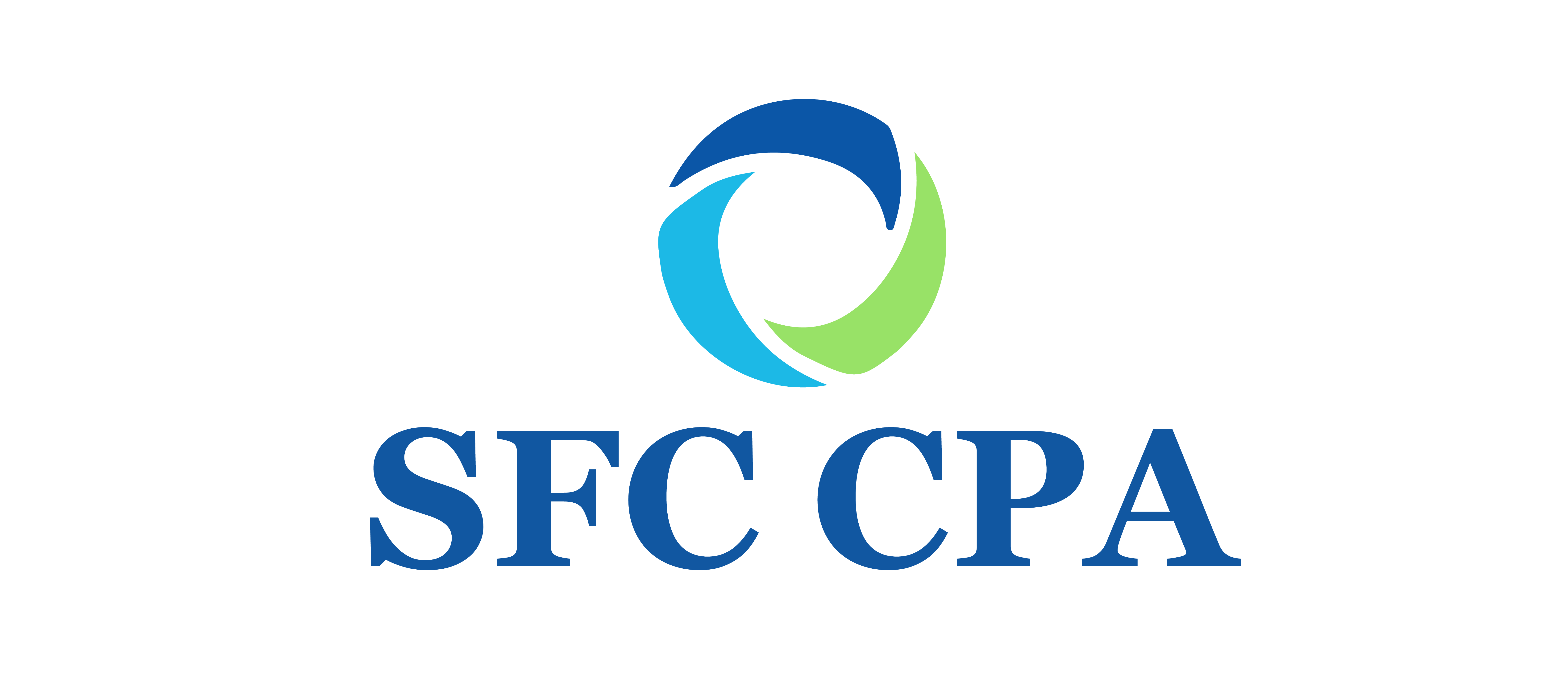 Step 6: Looking to Legacy Planning to Address Future Needs of Family
Step 6: Looking to Legacy Planning to Address Future Needs of Family
How do you want to be remembered? People often view their legacy as a way of disseminating assets to charitable venues to be remembered as passionate and generous supporters. That is one aspect of a legacy.
But perhaps the most important legacy plan is how you want to be remembered by your family, friends and loved ones. If you do not develop an estate plan and communicate it with your loved ones, if you leave your financial accounts and investments in a state of disarray by not keeping files organized and beneficiaries updated, then you leave a huge burden behind when you pass away.
This may very well mar the fine memory your loved ones have for you. After all, having to manage a complex or messy estate over a long period of time could overwrite the previously fond memories they had for you. No one wants their legacy blemished by administrative chaos, so now is the time to get your financial house and estate plan in order. Don’t let the last memories of you be ones of aggravation and bitterness.
Repair and Strengthen Relationships
If you are estranged or have an uncomfortable relationship with someone close to you, do yourself and them a favor by rectifying the situation. This may take time, so begin the process during your pre-retirement planning phase. Remember, no one wants to die having said harsh last words or having not seen a loved one for a long time.
Make part of your plan a commitment to shore up relationships. You can start by making a list of people with whom you should contact, jotting down a few thoughts about what you want to communicate, and devising a plan for how to accomplish this. It might be a special weekend with each of your children, or inviting a long-lost sibling to take a vacation with you, or taking your spouse out to dinner and reiterating your love for one another. Remember, your legacy is about how you want to be remembered, so make some new memories to crowd out any poor ones.
First, Loved Ones; Then Philanthropy
Once your relationships are in good shape (which takes ongoing maintenance – it’s not a one-shot deal), turn your attention to your philanthropic legacy. This includes how you want to distribute your assets to both your family and the causes you care about.
The following are some key components of a legacy plan:
Wealth Transfer
Be sure that your estate plan efficiently communicates and transfers your assets to the appropriate heirs. It also should incorporate prudent tax planning so that your beneficiaries do not pay more in taxes than required. Remember, part of your legacy will be determined by how well you protect your assets, not just from taxes but also from creditors, divorce settlements, and other potential risks.
Education
Leaving a large sum to heirs can be overwhelming. It’s a good idea to help them learn about financial responsibility, wealth management and philanthropy. By helping them understand tactics about which assets to leave intact, which to transfer to other accounts and which they can liquidate for their own use – in a tax-proficient manner – is key to ensuring they’re ready to manage the legacy you pass on.
Charitable Giving
There is a range of sophisticated vehicles that allow you to maximize the long-term value of gifted assets to charitable and passion causes. For example, a donor-advised fund (DAF) enables you to donate cash or securities to a charity-sponsored fund and help direct where charitable grants are distributed. Another option is to set up a private foundation. This is a public 501(c)(3) organization that invests, manages, and distributes your donations to charities; however, this option is really only viable and cost-efficient if you have substantial assets (multi-millions) in your estate.
There are also trust vehicles designed to balance your philanthropic goals with leaving enough assets for your own living expenses and/or an inheritance for heirs. Fortunately, these also may enjoy tax benefits, such as an upfront tax deduction, removing assets from your taxable estate, or avoiding capital gains taxes on donated securities. Here are some examples:
- Charitable Lead Trust (CLT) – The charity of your choice receives trust income (fixed payment or fixed percentage) for a specified term/or your lifespan, after which the remainder goes either back to you or another trust beneficiary.
- Charitable Remainder Trust (CRT) – The trust distributes income to you or another beneficiary for a specified term or your lifespan, after which the remainder goes to a designated charity.
- Charitable Remainder Unitrust (CRUT) – The trust distributes a fixed percentage of its balance to you or a beneficiary for a specified term or your lifespan, after which the remainder goes to a designated charity.
- Charitable Remainder Annuity Trust (CRAT) – The trust distributes a fixed payment to you or a beneficiary for a specified term or your lifespan, after which the remainder goes to a designated charity.
Setting up a trust to meet a variety of goals is very complex. Be sure to work with an experienced and qualified estate planner to set this up or, again, your legacy could be tarnished if your estate is not disseminated as planned.

